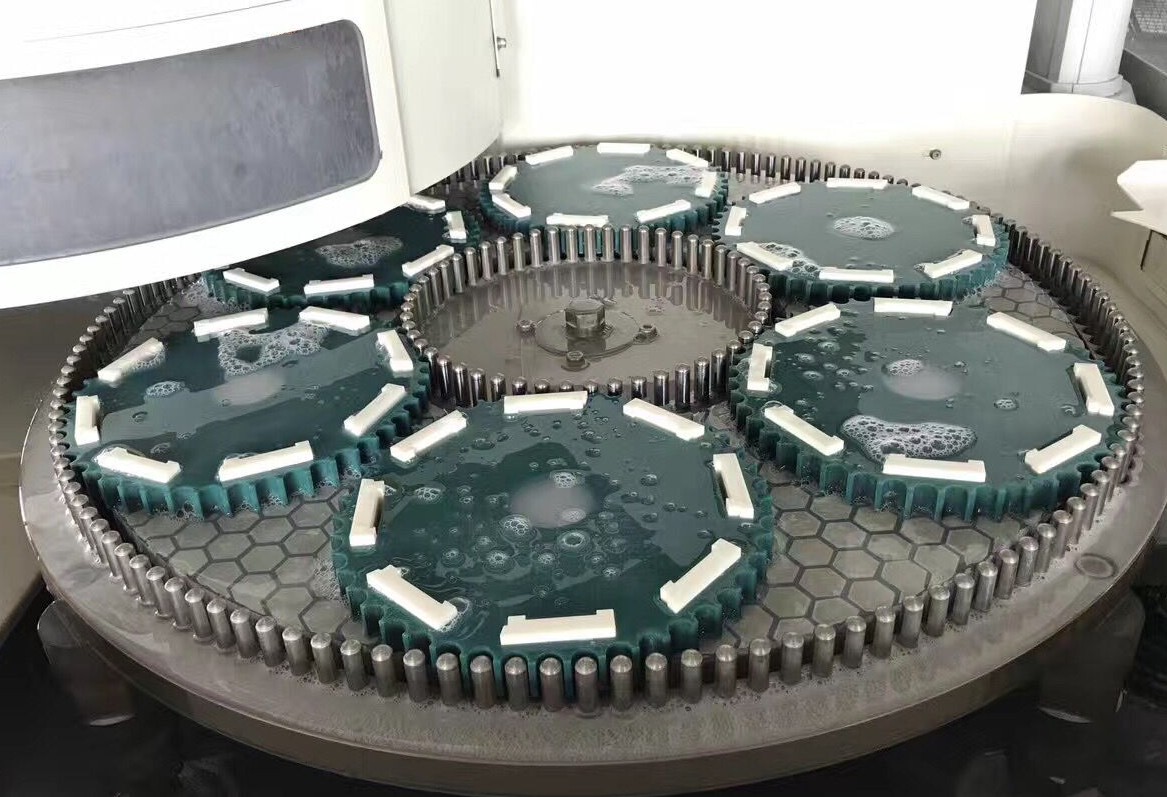Research on Vehicle Using Rangefinder Calculation
Comparison of various methods of frequency discrimination From the above analysis of the principle of range finder, we can see that the accuracy and real-time nature of ranging are essentially based on the accurate identification of the frequency. There are many ways to discriminate frequency, such as zero-cross count frequency discrimination method, lock-in ring frequency discrimination method, maximum entropy method, MUSIC method, etc., each with its own characteristics. For example, the zero-counting algorithm is simple and easy to implement on a digital signal processor (DSP), but the accuracy is poor, and the required window function is also relatively long. Like the maximum entropy method, the MUSIC method works well. However, the algorithm is complex and the amount of calculation is large. If it is required to operate in a high-speed real-time environment, the requirements for the DSP are quite high. Considering the complexity, real-time performance and robustness of the method, the fast Fourier transform (FFT) algorithm should be the first choice for car radars. This method is mature, easy to implement, and has good real-time performance. The real-time processing of signals in automotive operating conditions can be easily implemented on most DSP chips. The choice of sampling frequency needs to realize FFT on the digital DSP, so need to sample and discard the continuous intermediate frequency signal at first. Since the frequency range of the IF signal transmitted from the vehicle range finder is very large and often fluctuates within a few hundred kHz, the choice of sampling rate requires two considerations. First, the sampling rate must be higher than two. The highest possible frequency of times; Second, the higher the sampling frequency, the shorter the sampling time that a certain number of sampling points can occupy. In other words, the window function added before the FFT becomes narrower. As a result, aliasing is more likely to occur for low-frequency signals. So in the face of such a pair of contradictions, the sampling frequency can be chosen to be slightly larger than the Nyquist sampling frequency, select a suitable window function, reduce the amplitude of the sidelobe, and avoid the generation of frequency-domain interference. The comparison of the two different sampling rates is shown. For the radar signal of the system, the signal spectrum of each moment should be analyzed, and the signal can be divided into windows. The spectrum analysis of the signal in the window can obtain the signal structure within a certain time range. Since the split window contains two end point breakpoints, there is an original discontinuity in f(t), which causes the Fourier transform to add a new high frequency component. For this reason, GaborD introduced the concept of “window†Fourier transform in 1944, namely short-time Fourier transform. The approach is to take a smooth function g(x), called a window function, which is equal to 0 outside the finite interval or very close to 0. The determination of the window function consists of two main aspects, the first is the shape of the window, The second is the width of the window. When the FFT is directly taken after intercepting the IF signal, the side lobe effect after the short-time Fourier transform is superimposed, and mutual interference may occur. According to the characteristics of intermediate frequency signals identified by the vehicle rangefinder obstacles, the frequency at which the maximum power is required is obtained. Therefore, a Chebyshev window with good window resolution is selected to perform windowing processing on the signal FFT. For the determination of the window length, derivation can be based on the following criteria: According to the Chebyshev window observation, it can be assumed that when the frequency domain distance between two adjacent main lobes is less than 2 times the width of the main lobe, their side lobes will occur Disturbance, target characteristics information will be flooded. Verifying the effectiveness of the frequency discrimination algorithm Simulation system structure diagram using Chebyshev windowed pre-processing simulation results According to the distance measurement principle, a corresponding module is built under the simulation environment, in which the delay function is 0.001+0.0005t and the triangular wave signal f0= 10MHz, width is 0.02s. Before the frequency module is identified, Chebyshev window preprocessing is performed on the signal. Concluding remarks Based on the working condition characteristics of the vehicle range finder, the different results when several window functions are applied to the IF signal are analyzed, and the application of the Chebyshev window function to the moving target ranging algorithm is given in the simulation environment. Relatively satisfactory results have been obtained. Because it is easy to understand, easy to calculate, and in most cases the frequency resolution and estimated variance can meet the actual needs, so in practical engineering applications, Chebyshev window functions can be easily implemented on the DSP.
Xinxiang SKF Machinery Co., Ltd. carrier plates are used for loading the Dressing Grinding Wheel and parts when the grinding machine or lapping machine or polishing machine is running.
Xinxiang SKF Machinery Co., Ltd. supply various types of carrier plate material for different parts and size, imported epoxy plate, imported blue steel, pvc plate, etc.
Carrier Plate,Dressing Stone C Arrier,Green Carbide Stone Carrier,Carbide Dressing Stone Carrier Xinxiang SKF machinery Co., Ltd. , https://www.finegrindingmachine.com

